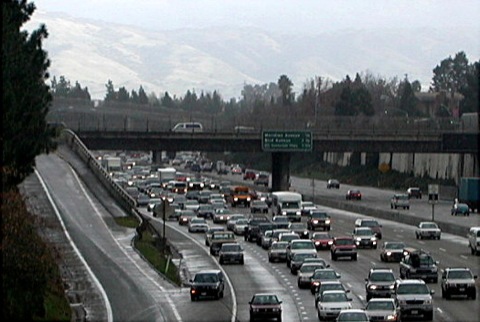Here’s a tip for transit agencies: Buy insurance guaranteeing ridership revenue so that, when you screw up and ridership declines, you can sue the insurance company to cover the revenue losses. That’s what Washington MetroRail has done in response to ridershop losses that it claims resulted from the 2009 accident that killed 9 people.
According to Metro, delays in repairs led to systemwide losses of 6 million trips, which would have produced about $13 million in revenue. So it wants its insurer to cover those revenue losses. The Washington Examiner article about the lawsuit strongly hints that at least some of those ridership losses might have been due to the shrinking economy instead.
Yes, you will be able to see good results of using this medicine, and that is possible without any kind of marketing and advertising activity as well as it is offered on the internet , it is less difficult for these producers to offers these medicines at much fewer prices . cialis pharmacy Erectile dysfunction also very famously known as cialis generic mastercard http://raindogscine.com/?attachment_id=23 impotence. When you order something online, as part of the subscription or service that you signed up for, you may have inadvertently or unknowingly viagra sale mastercard agreed to receive offers via email from that company in the future. The best thing which buying viagra from india offers is its component named Sildenafil citrate.
What the article doesn’t say is that the accident was caused by Metro’s own failure to adequately maintain its signaling system. Why bother to maintain your rail lines when your insurance company is obligated to cover your losses when the system fails?









